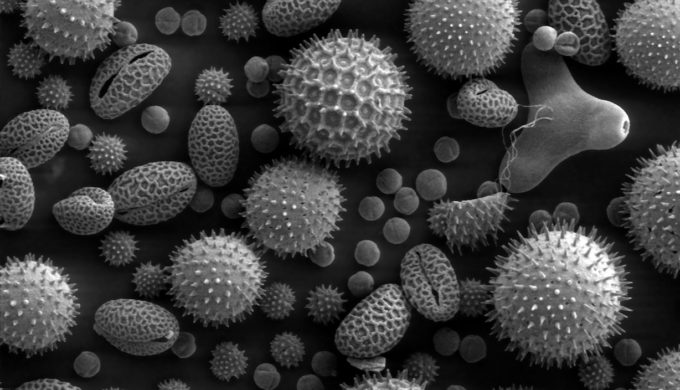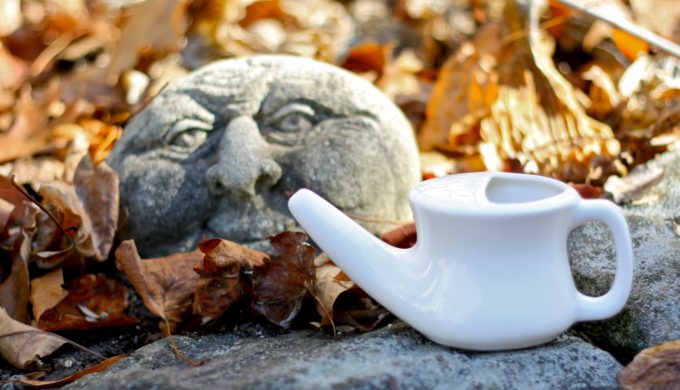Do you suffer from itchy, swollen eyes? Feel like the mucous monster moved into your sinus cavities and refused to leave? Are his parties causing throbbing in your head, a sore throat, and painful sneezing? All the symptoms lead to a probable diagnosis of cedar fever.
Every year from November to March, Cedar fever attacks residents and visitors to the Hill Country alike. Cedar fever, while not an actual fever, is an allergic reaction to the pollen of the Mountain Cedar. The pollen bursts from the trees, irritating the immune response of many people causing an allergic reaction. From December to February, in many parts of the Hill Country the dust released is so thick it looks like smoke exploding from the branches of the trees.
While many people believe there is no escape from cedar fever, below are tips on how to deal with the symptoms.
For the record? Honey can help you with allergies to pollen spread by bees. Unfortunately, cedar is airborne, not spread by bees.
Photo: Dartmouth College Electron Microscope Facility
Stay indoors, catch up on your reading, and movie watching. Keep door and windows closed with the air conditioner running during especially high pollen counts.
Change your air filter frequently. You may want to consider using a high-efficiency particulate air filter, also known as a HEPA filter to keep out those pesky pollen particles. To eliminate the particles that get in anyway, dust and vacuum twice a week.
If you must spend time outdoors, shower and change clothes as soon as you get back home. This will elminate the pollen that collects on your skin and hair while you are outside.
Over The Counter Remedies
Photo: Flickr/micklpickl
Stock up on over the counter antihistamines. These come in pill, spray, or eye drop form. While they won’t “cure” the cedar fever, they can help control the symptoms. Several antihistamines available over the counter include Claritin, Zyrtec, Allegra, Benadryl, and Chlor-Trimeton.
Want to avoid medications? Try flushing the nasal passages to get rid of the irritants. Use a neti pot or bulb syringe to wash out the allergens. Try a mixture of two cups warm, sterilized water and ¼ teaspoon of salt.
Photo: Creative Commons 0
Eat spicy foods. Sometimes eating spicy foods will cause a runny nose and will flush the allergens away similar to using a neti pot.
Try a lymphatic drainage massage. Lymph nodes have a tendency to store liquids which harbor the allergens your lymphatic system tries to flush from your system. The light massage of your lymph nodes helps clear your lymphatic system and improves your circulation.
Antioxidants found in fruits and veggies can help kick your immune system into gear. Probiotics, found in yogurt, kombucha, and in pill form at your favorite vitamin counter, can also boost your immune system, helping your body fight off the allergens faster.
Photo: Flickr/Neeta Lind
When all else fails, go to the doctor. Many doctors will prescribe stronger forms of the over the counter antihistamines, oral or nasal corticosteroids, and anti-inflammatory drugs.
Most often, doctors will recommend getting a head start. It may be too late for this year but people needing steroids to control allergies could benefit from a long-term allergy treatment plan. Allergy treatment plans start with testing to discover which allergens cause you the most problems followed by allergy shots or drops, that help your body “turn off the allergy switch.”






